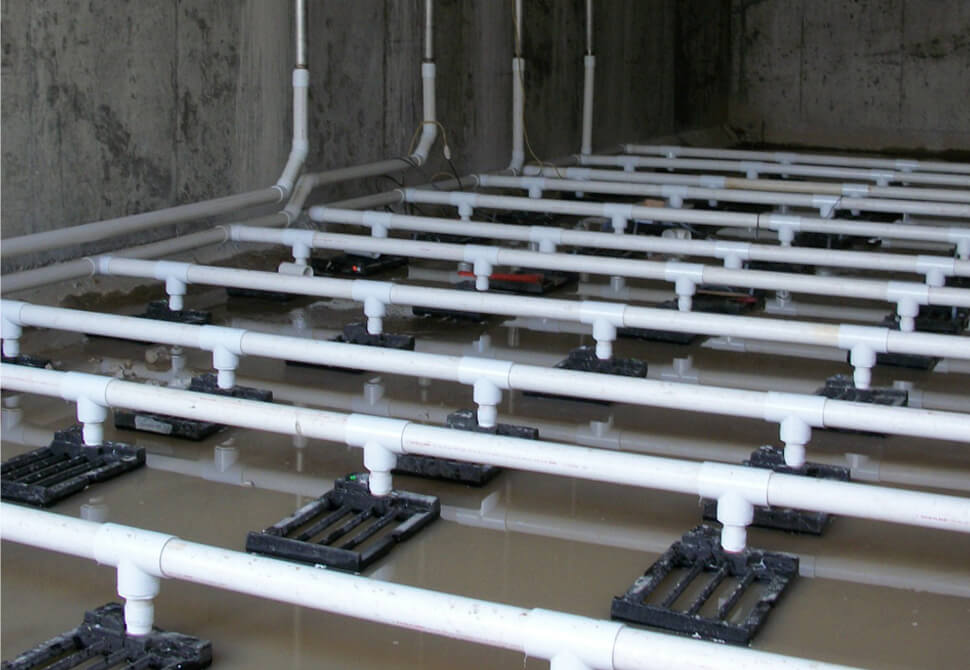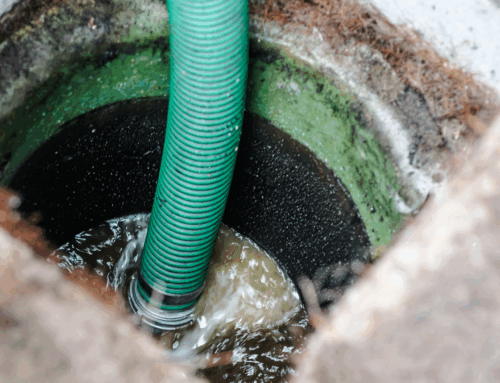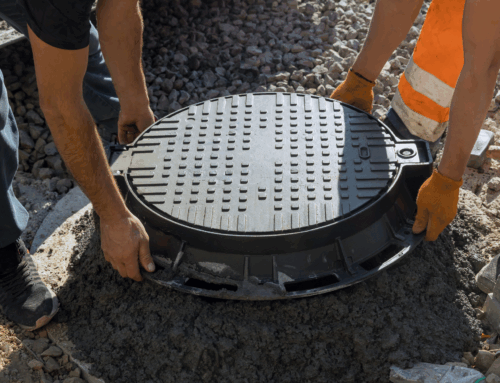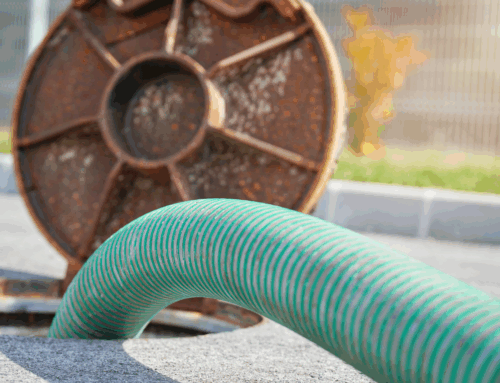How Long Does Drainfield Replacement Actually Take? — If your yard’s turning into a swamp or your toilets gurgle every time it rains, you might be staring down a full drainfield replacement. And let’s be honest—that sounds like a huge deal.
We get this question all the time: “How long does drainfield replacement and repair actually take?” People worry it’ll shut down their whole home for weeks. But in most cases, it’s a lot more manageable than you’d expect.
Let’s break it down and talk about what actually happens when your leach field needs replacing—and how long it takes to get your life back to normal.
First Step: The Inspection
No one wants to jump into a full replacement if they don’t need to. That’s why every job starts with a full system check. We’re talking about septic tank and drainfield troubleshooting from top to bottom—tank, pipes, field, and soil conditions.
This usually takes a few hours. We want to know exactly what’s working and what’s not. If it turns out the field really is shot, that’s when we start planning the replacement.
How Long Does the Work Itself Take?
Most drainfield replacement and repair jobs take two to five days. That means digging up the old field, putting in new pipes, adding gravel or chambers, and fixing the surface.
It might be done in two days if the weather is nice and getting there is easy. But if the site is hard to work on, especially if there are narrow areas, thick soil, or tree roots that weren’t expected, it might take four or five days.
It won’t be over in a day, but it won’t take a month either.
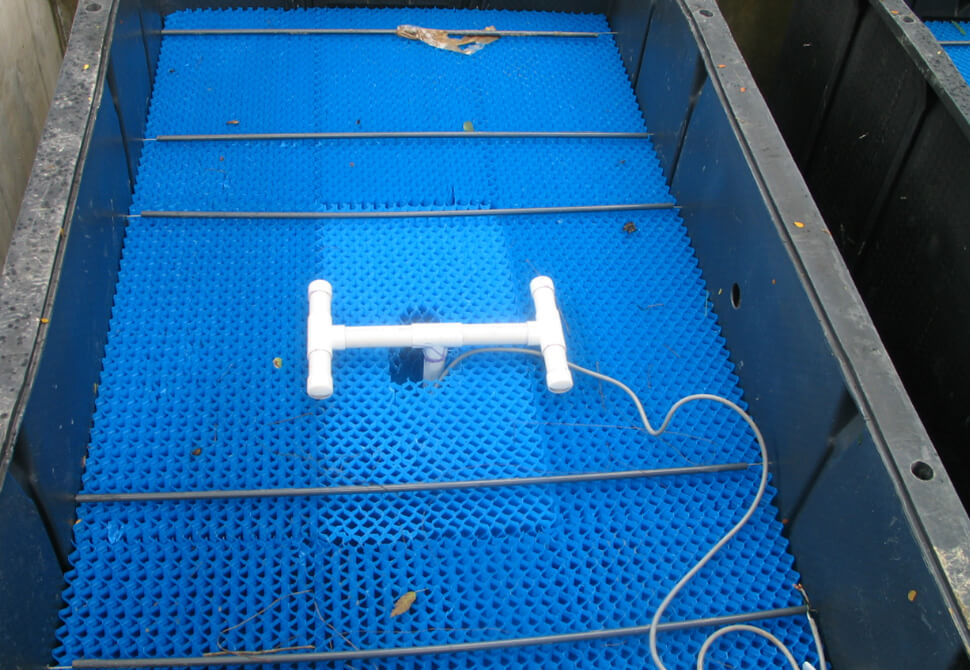
Can You Still Use Your Plumbing?
In some cases, yes. If the tank is still working and the pipes aren’t blocked, you can use water sparingly during the project. But most people plan to be a little conservative with water use while work is underway.
We’ll always give you a heads-up on what to expect before anything starts.
Why It Takes More Than a Backhoe
There’s more to drainfield replacement and repair than just digging a new hole. Soil testing matters. Pipe slope matters. Even the depth of the gravel bed can make a difference in how well the field drains over time.
If someone rushes through the job, you’ll be back to fixing septic drainfield issues all over again next year. We’ve seen it happen.
A good repair means taking time to design the system right for your yard and your daily water use.
When Is a Full Replacement Really Needed?
Not every soggy yard needs a brand-new field. Sometimes a full septic drainfield restoration does the trick. But here are some signs a total replacement might be on the table:
- Water consistently backs up into the house
- Standing water appears over the field, even in dry weather
- You’ve had to call for septic system repair services multiple times in the same year
- The system is more than 25–30 years old
If you’re checking two or more of those boxes, odds are the field is beyond saving.
What About Cost?
We know that’s the other question hanging out there. Cost depends on system size, location, and soil type. But more than price, people want to know: is this something I’ll have to do again?
Done right, a professional leach field repair or full field replacement should last decades. You shouldn’t be thinking about it again for a very long time.
Planning Ahead Helps Everything Go Faster
The people who get through this the smoothest are the ones who plan ahead. They get the inspection. They ask questions. They don’t wait until their yard smells like a swamp.
That way, when the time comes to replace the field, there’s already a plan—and the work can start quickly.
Because when you’re dealing with a failing drainfield, every day counts. The longer you wait, the more likely the issue spreads beyond the yard and into the home.
What Makes a Repair Last?
It comes down to design and details. The best professional leach field repair work starts with listening to the land—literally. Every yard is different. What works in one part of town might not hold up five miles down the road.
We look at slope, sun exposure, tree root activity, and how your household uses water. Do you run laundry every day? Host large gatherings? Work from home full time?
All of that factors into how your system performs—and what kind of field will actually last.
Dealing with Wastewater? Let’s Keep It Simple. You can phone us at 800-753-3278 or get in touch with us here.

If you’re tired of systems that break down, cost a fortune, or just don’t make sense—we hear you.
At BioMicrobics, we build treatment systems that work the way they should. No fluff, no confusing setup.
Simply clean water.
We can help you find out what works best for your house, small company, or even your whole town.
